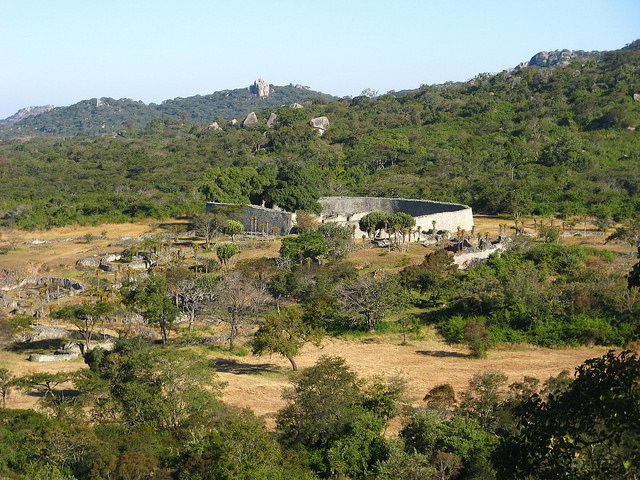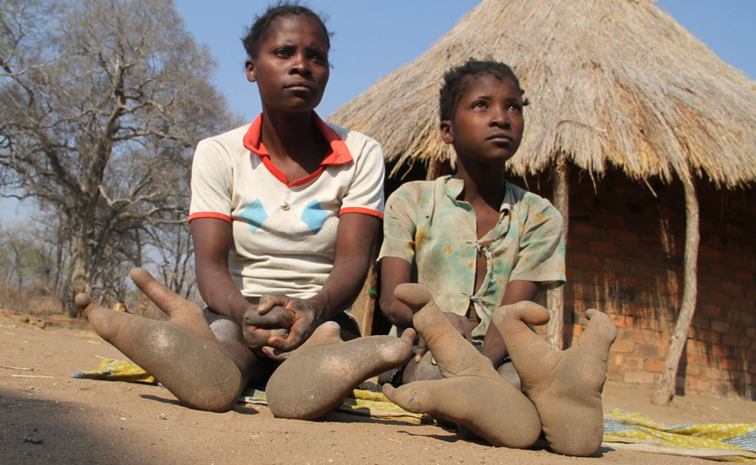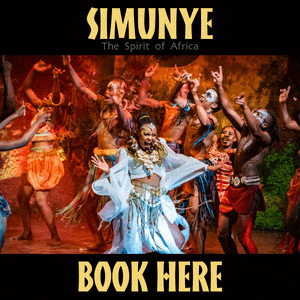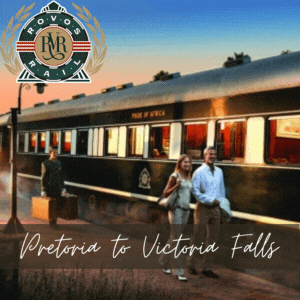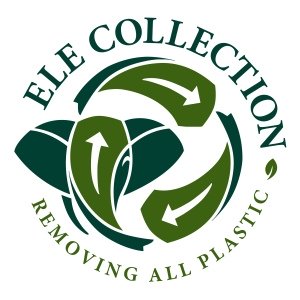Zimbabwe CultureZimbabwe's Culture is Both Rich and Diverse
The vast majority of Zimbabwe's people stem from the great family of Bantu speaking migrants who first ventured east and south across Africa some 2000 years ago. Iron makers and agriculturists they settled on the highveld, middleveld and around the eastern highlands of Zimbabwe. Then they began the long process of establishing the distinctive Shona culture that is so much part of Zimbabwe today. Their Bantu kin - the Zulu warriors of King Mzilikazi - did not arrive until the first half of the nineteenth century. They now form the Ndebele or Matebele, Zimbabwe's second largest community. Despite their late arrival there are many cultural similarities between the two Bantu speaking communities, which together form an overwhelming majority. Other minority ethnic groups include white Zimbabweans, mainly of British origin, and various Asian ethnic groups, mostly Indian and Chinese. The Great Zimbabwe KingdomAround the 10th century, trade developed between the Mashona (Shona) and the Phoenicians. Through the period from the 11th century to the 15th century, descendants of the Shona speaking people are believed to have built the ruins of Great Zimbabwe. These ruins of Ancient Zimbabwe are some of the oldest and largest structures located in Southern Africa, and are a truly remarkable sight to see. At its peak, estimates are that the ruins of Great Zimbabwe had as many as 20 000 inhabitants. The ruins span 1,800 acres (7 km2) and cover a radius of 100 to 200 miles (160 to 320 km). The Great Zimbabwe ruins are built entirely of Stone. It was here that the iconic Zimbabwe Birds were found. Vadoma PeopleIn western Zimbabwe live a small group of people called the Vadoma people, who are more commonly known as the “ostrich people” or the “two-toed tribe”. The reason being that one fourth of the Vadoma people are born with ectrodactyly, a genetic defect in which the middle three toes are missing and the outer two toes are turned inward, giving the appearance of “ostrich feet”. Since the Vadoma are forbidden to marry outside of the tribe, the defect is passed on from generation to generation.
Zimbabwe ArtZimbabweans have developed many unique Zimbabwe cultures. Not least of these is Zimbabwe art which is certainly among some of the finest African art you will find. Shona Stone Sculpture is world renowned and you will find it selling for extremely high prices in many galleries around the world. Each piece reflects a story that is in the mind of the sculptor. No where else in Africa will you find such incredibly talented stone art. Meanwhile the Matabele are renowned for their talent of wood carving. Many hardwood species exist in Matabeleland including the well known Rhodesian Teak (Baikiaea Plurijuga) and these artist have developed a unique talent for carving them. Like the Shona stone sculpture you can search Africa far and wide before you find such masterpieces. 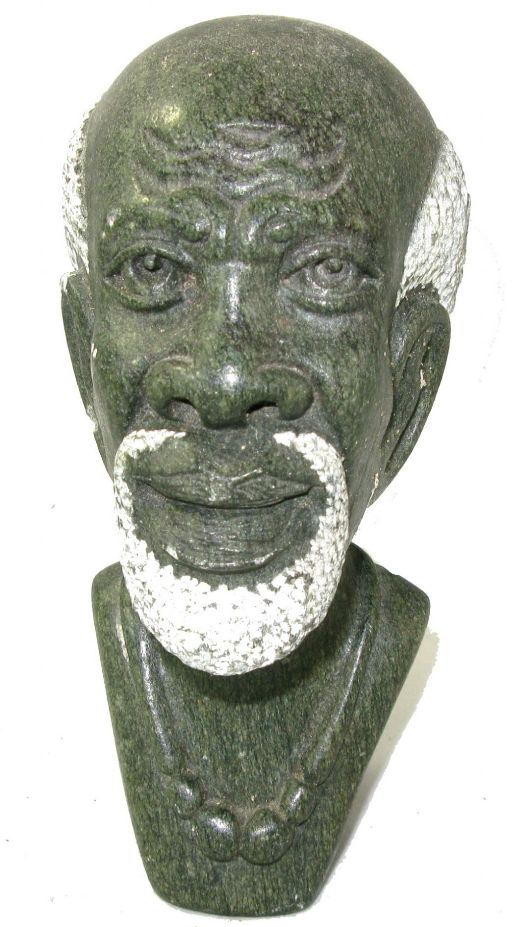
Their art is not restricted to carving though as the Zimbabwe people are highly talented in pottery, basket ware, beadwork, textiles, jewellery and much more. It is such a tragedy that Zimbabwe is in so much political turmoil currently as these goods are sought after worldwide, but many of the artist have fled the country or have been restricted from producing their wares due to the current situation. Zimbabwe CultureZimbabwe culture is rich in Customs and Traditions which are extremely detailed and we have specific pages dedicated to them via these links. Forty to fifty percent of Zimbabweans attend Christian churches. However like most former European colonies, Christianity is often mixed with indigenous beliefs. Besides Christianity, the Mwari cult is the most practiced non-Christian religion which involves ancestor worship and spiritual intercession. Mwari is an unknown supreme being that communicates with humans through a cave dwelling oracle known as the Voice of Mwari.
Languages of ZimbabweThe main languages spoken in Zimbabwe are English, Shona and Ndebele and these are found in official documents. English is the more widely spoken in the major urban areas though only two per cent of the population consider it their native language, mainly the white and Coloured (mixed race) minorities. The rest of the Zimbabwe population speaks Bantu languages like Shona mostly spoken by the Mashona people (70 per cent) and Ndebele mostly spoken by the Matabele people (20 per cent). However, there is a significant population of people who are at least bi-lingual, communicating in at least two of the official languages, major and/or minor. There are officially 16 languages recognised in Zimbabwe and these are:
• English - UK English Other unofficial languages spoken in Zimbabwe include Dombe, Fanagalo, Kunda, Lozi, Manyika and Tswa, together with several Shona dialects. Sports in ZimbabweSport is an important part of Zimbabwe culture. Football being by far the most popular sport, as this is played by the majority of the African population. Rugby union and Cricket are also played, but traditionally this was among the white minority, however this has changed since Zimbabwe independence in 1980 and these sports, especially cricket now have a strong following. Zimbabwe become a test nation in the 1990’s. Sadly politics has once again intervened and the national cricket team is now no longer enjoying much success. Many countries refuse to play them due to the current policies of the government. Zimbabwe has won Eight Olympic medals, one in field hockey at the (boycotted) 1980 Summer Olympics in Moscow. Kirsty Coventry (Swimming) is by far the heroine though with three medals at the 2004 Summer Olympics in Athens and another 4 medals in the 2008 Summer Olympics in Beijing. Have a look a these Books on Zimbabwe Culture. Click on the links below for detailed information on these topics relating specifically to Africa...
Return from Zimbabwe Culture to our Victoria Falls Home Page |
|
|||
|
|
||||
|
|
||||
|
| ||||
